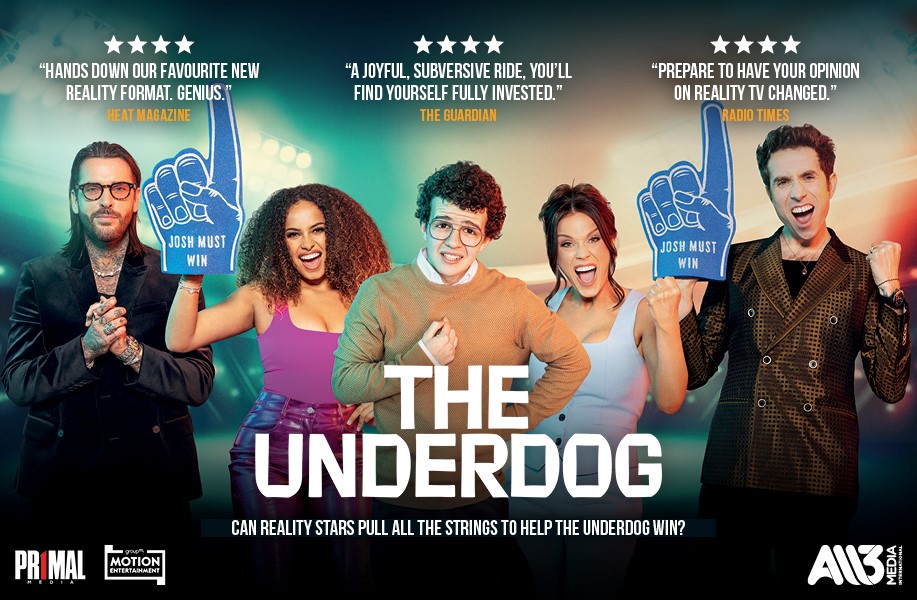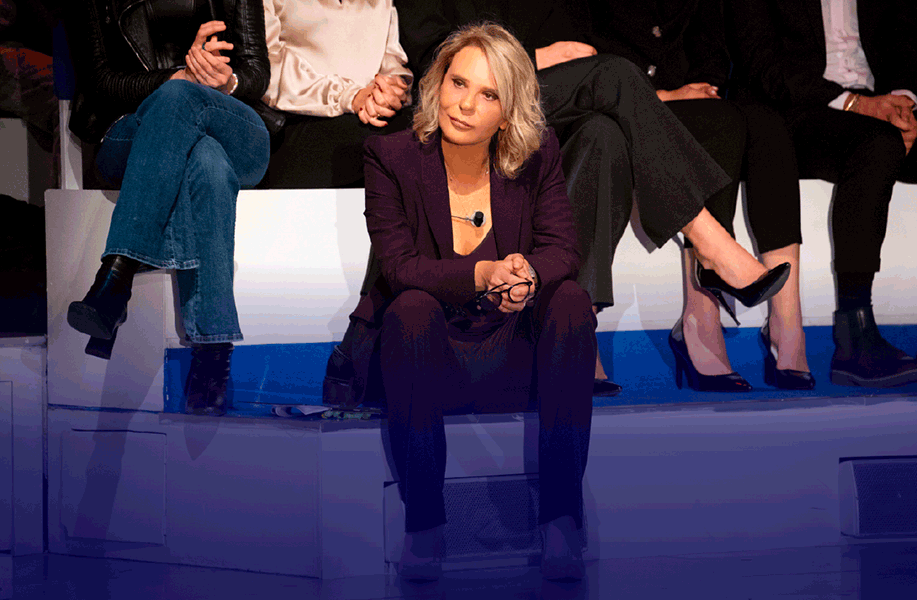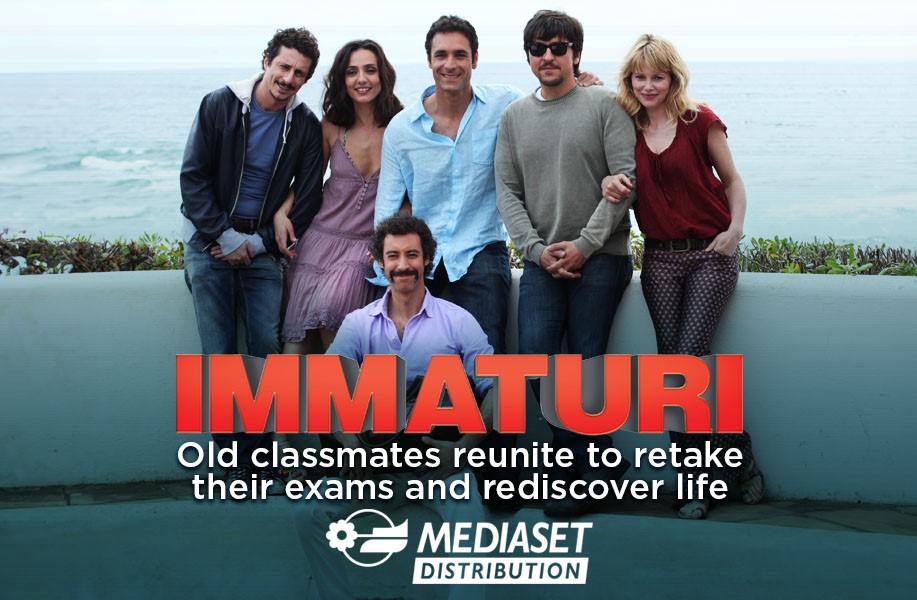On Wednesday, October 15 at MIPCOM, Evan Shapiro, Media cartographer hosted a conference titled Broadcasting to Next Generation Audiences via YouTube and one of the topic that emerged was: “YouTube is the No. 1 channel on U.S. televisions.”
That headline, which anchored Shapiro’s keynote session, was more than just a provocative statement. It reflected a structural shift in viewing behavior: YouTube now commands the largest share of television screen time in the U.S. — not counting phones, tablets, or laptops, and excluding YouTube TV’s MVPD usage.
In Shapiro’s framing, YouTube’s TV usage outpaces the combined television portfolios of major U.S. media groups, including Disney, NBCUniversal, and Fox. While Netflix remains large but relatively flat in most markets, YouTube continues to rise, especially in the living room. Meanwhile, FAST usage has grown to rival Netflix’s TV footprint, underscoring the appeal of free, ad-supported viewing.
In the UK, nearly half of YouTube consumption already happens on TV sets, with a notable portion exceeding the 30-minute mark—documentaries, talk shows, scripted programs, and kids’ content. PBS’s Frontline, for example, now publishes feature-length documentaries simultaneously on broadcast and YouTube, where viewership can multiply the linear audience and skew one to two generations younger.
YouTube’s scale is staggering: 4.6 million active channels, with the top 20% capturing 98% of usage. That still leaves close to one million meaningful channels—an unprecedented level of “infinite fragmentation.” This is both a challenge and an opportunity. Professional producers can thrive by emphasizing cadence, quality, and consistency—but only with realistic expectations and a data-driven plan.
Crucially, YouTube’s audience is no longer mobile-first. The platform now logs one billion hours of viewing per day on TV screens, and another one billion people watching podcasts on TV, predominantly through YouTube. Long-form has become the norm, not the punchline.
The most compelling part of Shapiro’s session came from real-world examples showing that social video can grow overall business instead of cannibalizing it.
Late-night: An ABC Jimmy Kimmel Live clip reached about six million viewers on broadcast—but 17 million on YouTube in just one day. The linear show built reputation; YouTube delivered scale and monetization.
Public broadcasters: Canada’s CBC uploaded premium, long-form episodes to YouTube, doubling total viewing and lifting YouTube revenues by roughly 70%—while simultaneously boosting engagement on its own app. The YouTube audience skewed a full generation younger than the app audience, and two generations younger than the TV broadcast.
Channel 4 in the UK ran a year-long “test-and-learn” strategy, discovering that longer edits (15–20+ minutes) not only monetized better but also drove sustained revenue growth.
International drama: A Turkish family series uploaded episodes to YouTube the day after broadcast; by mid-season, YouTube viewership was correlating with higher linear ratings, helping the drama become a top national hit.
Kids & family: Bluey pairs short clips with bespoke digital originals, some of which later sell back into broadcast. Social video amplifies fandom; premium platforms capture depth.
Documentary & cinema: A French theatrical documentary about a creator sold 300,000 cinema tickets—then reached 10 million YouTube views the following week, engaging two distinct audiences across two windows under one franchise.
The takeaway: YouTube is not a threat to traditional media—it’s an audience development engine. It can be monetized on-platform while feeding broadcast, FAST, SVOD, theatrical, and even consumer product ecosystems.


_13701.jpg)








